
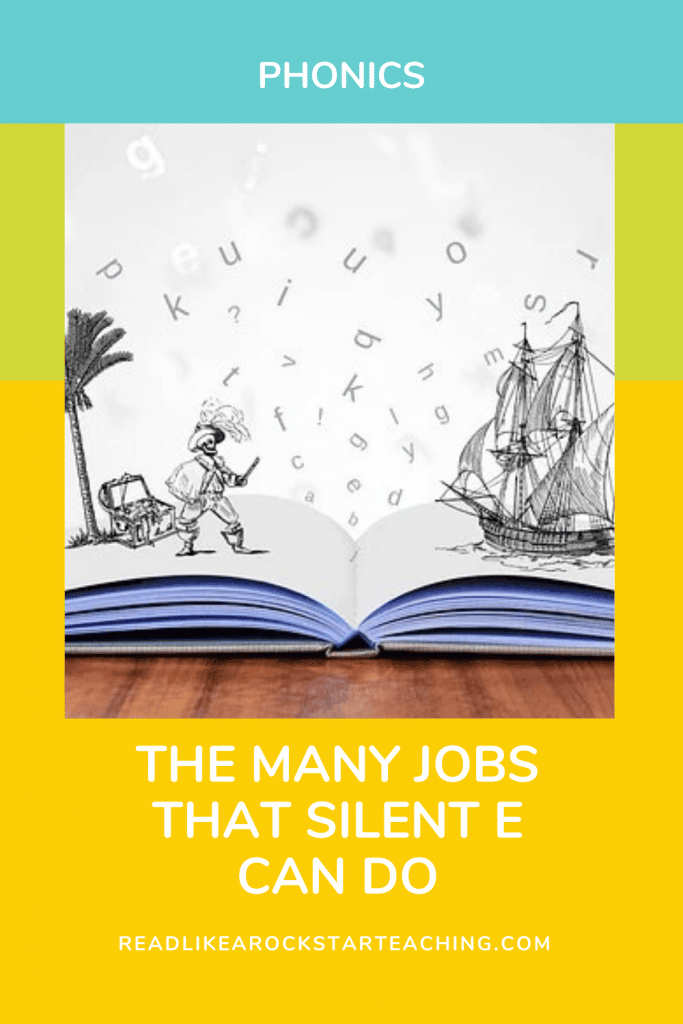
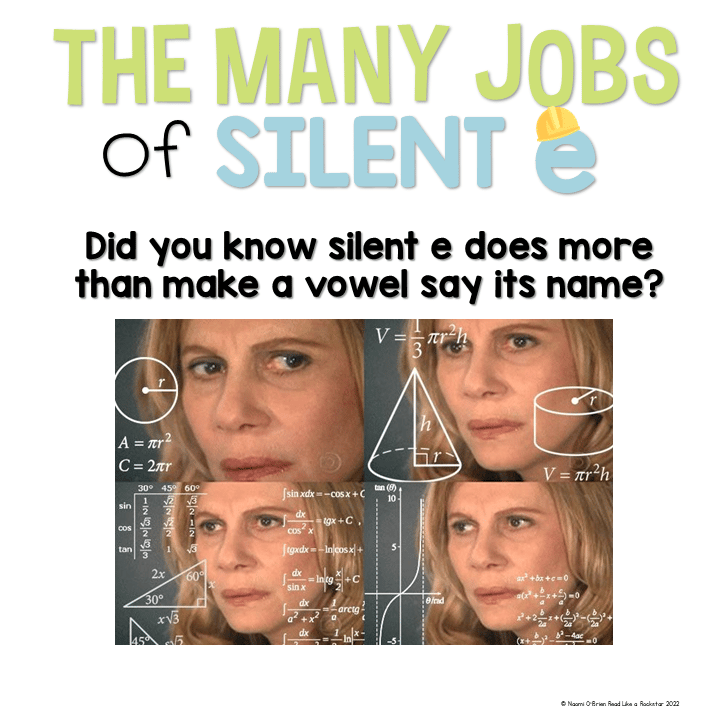
I think it’s safe to say that all K-2 teachers know that no matter what you call it; silent e, magic e, or sneaky e, a well placed e can make the vowel before it say its own name.
Teaching this rule can be helpful for readers and spellers.
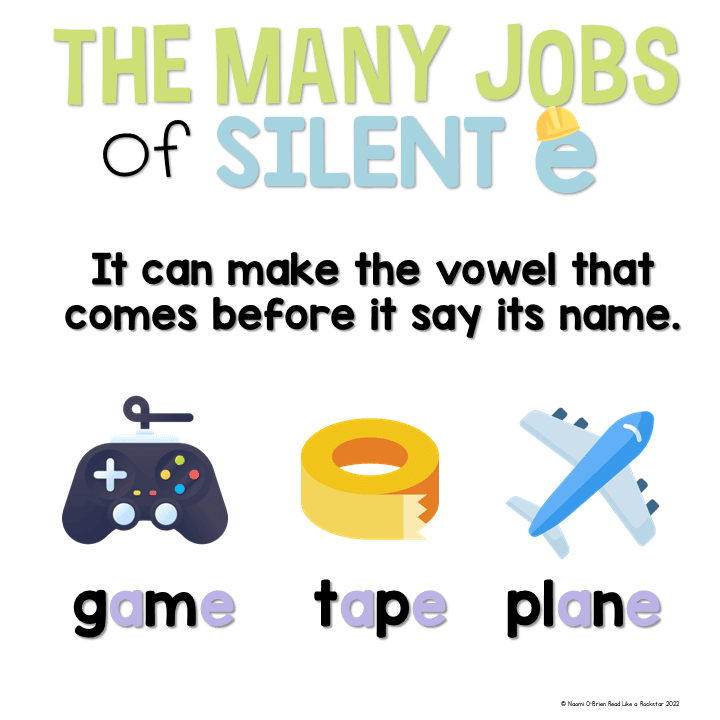
If a young speller is trying to write the word “like”, it would helpful for them to know that a silent e can help them make the long i sound.
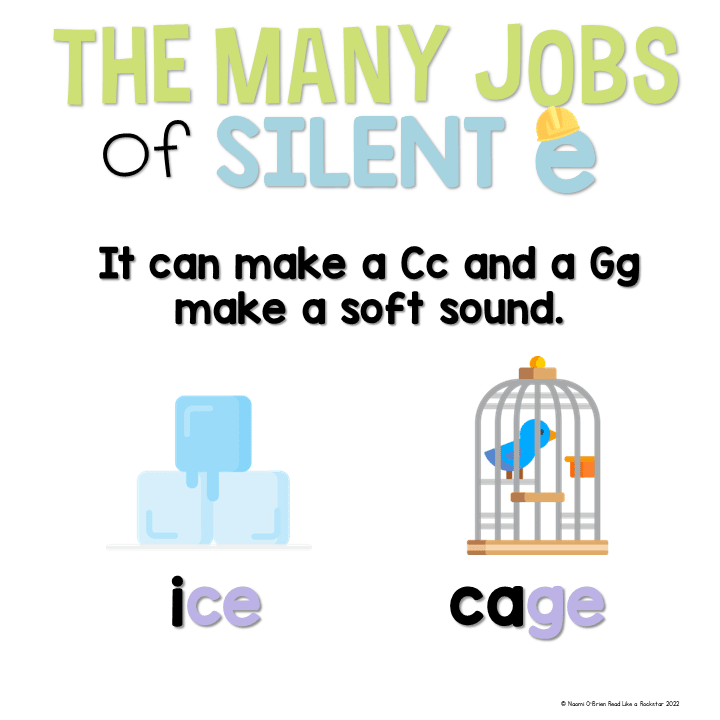
Teaching this phonics rule to readers and spellers carries them a long way in the literacy world.
Imagine how difficult it would be to read the list of words below without this knowing about this silent e job:
angel, gem, large, genetics, page, huge, cage, orange, germ, fudge
dance, face, slice, fence, peace, prince, juice, voice, twice, bounce, rice
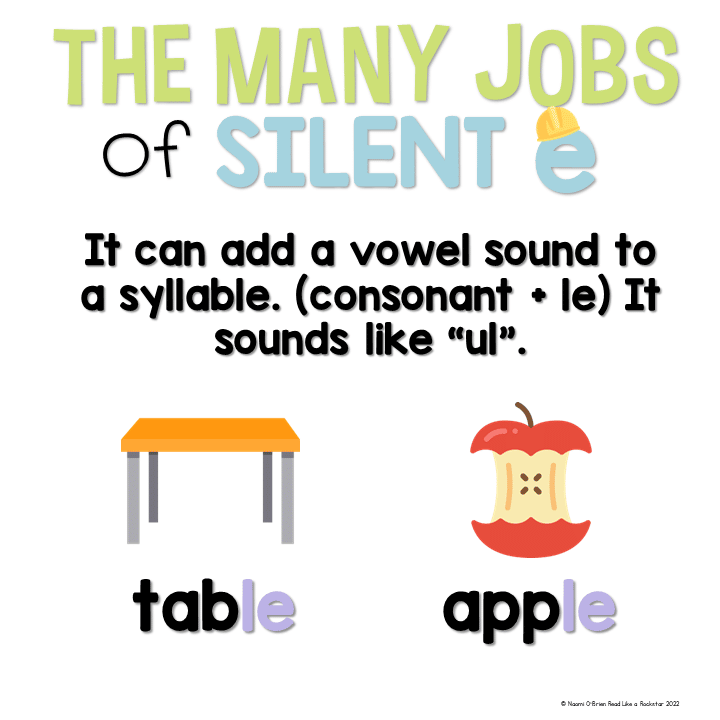
This silent e job is another important one that is a must for young readers and spellers to know about. Whenever an le appears at the end of word after a consonant, kids need to know that it’s going to make an “ul” sound.
When students are spelling words and the final sound they are trying to spell is “ul”, it’s likely (if it comes after a consonant) that it’s being made by the letters le.
Imagine how difficult it would be to read the list of words below without this knowing about this silent e job:
turtle, circle, bubble, table, jungle, gobble, purple, able, maple, little, wiggle, tickle, bottle, sparkle
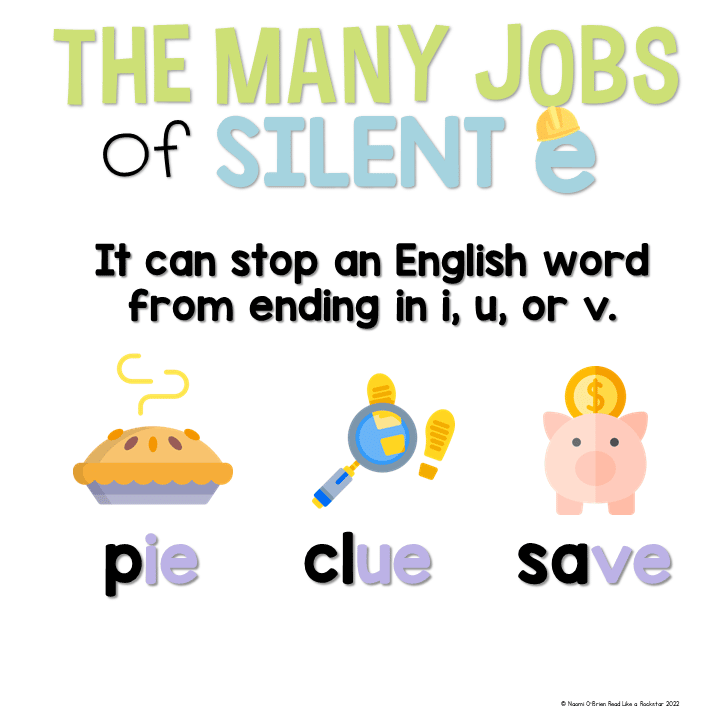
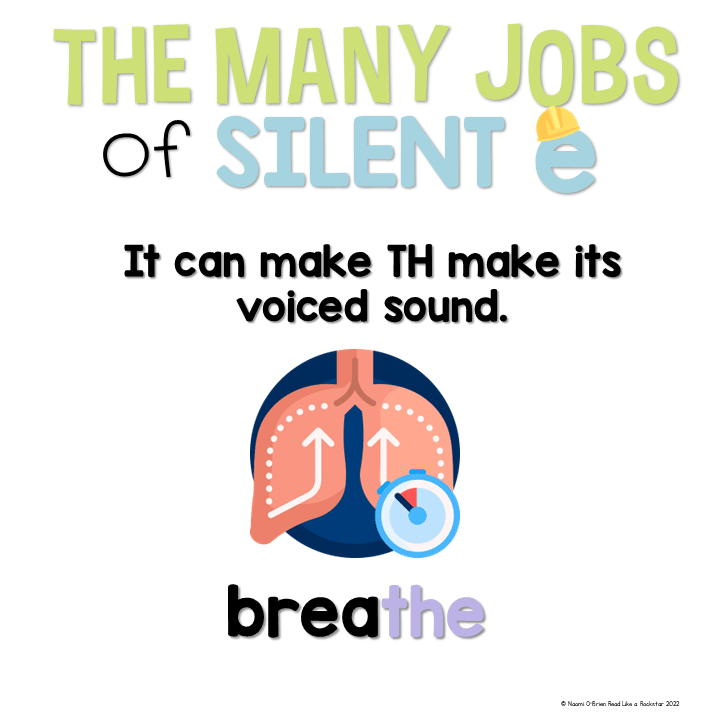
When K-2 educators are trying to go through all the many many phonics rules that kids need to know, teaching the two TH’s should be no exception.
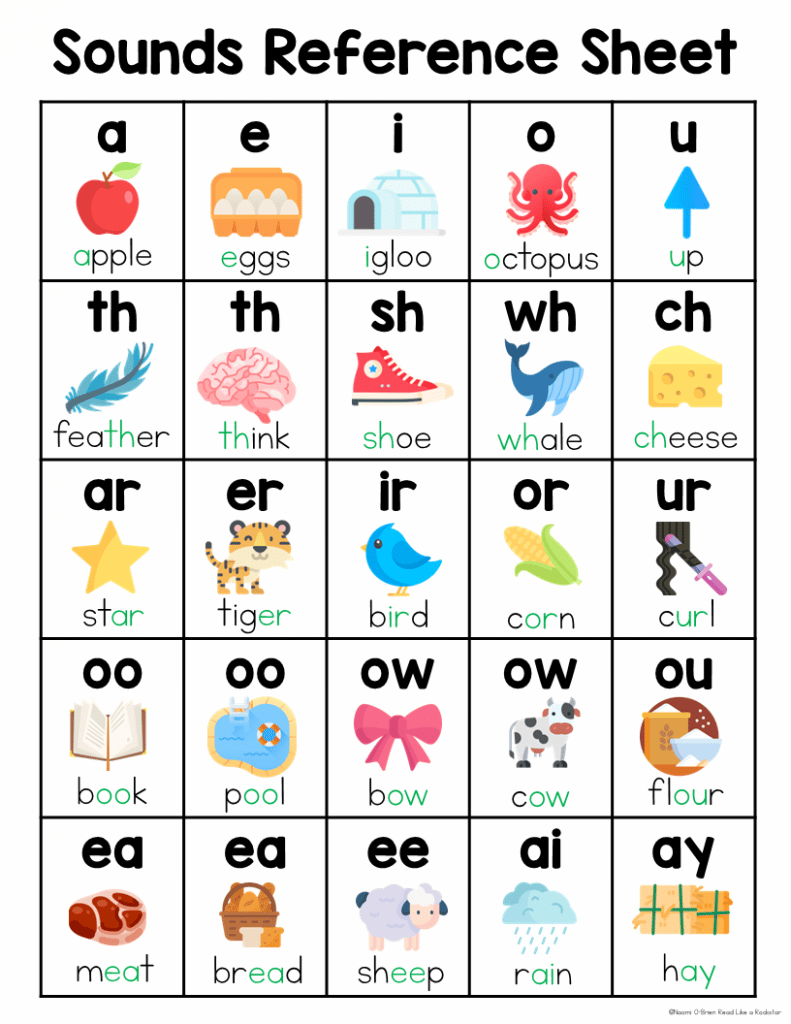
We can hear an unvoiced TH like in the word tooth, as well as the voiced TH like in the words: clothe, breathe, soothe, teethe, and loathe.
It might be difficult to spell and read well without this knowledge!
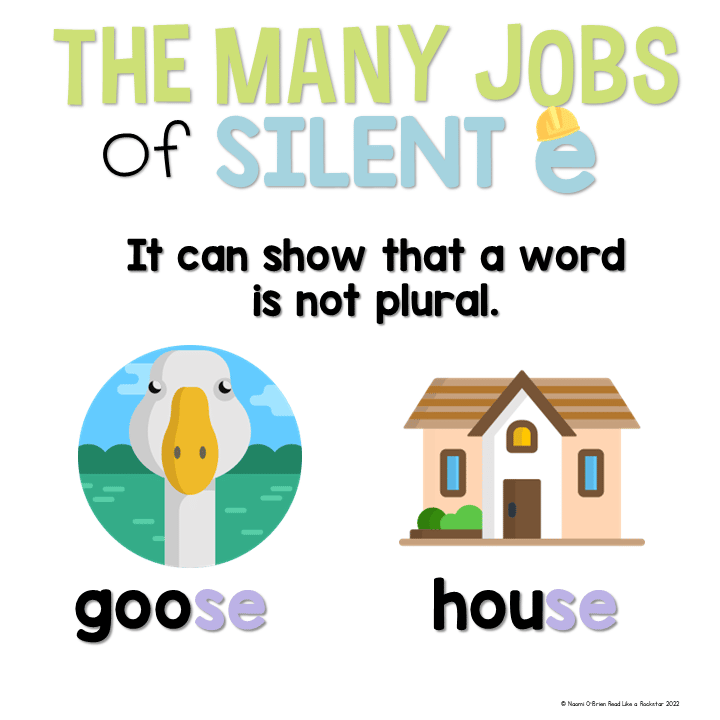
Floss Rule: If a one-syllable word has a short vowel followed by an f, l, s, or z, those letters will likely be doubled.
Examples: moss, floss, fluff, puff, hill, pill, buzz, and fizz
Imagine how difficult it would be to read or spell the list of words below without this knowing about this silent e job:
please, dense, mouse, goose, blouse, and tease
I hope all of this was helpful whether you’re a parent or an educator. It may seem like a lot, but kids can learn these rules and they do benefit from knowing them!
Want all of these images as poster for free? Visit my Free Resource Library!
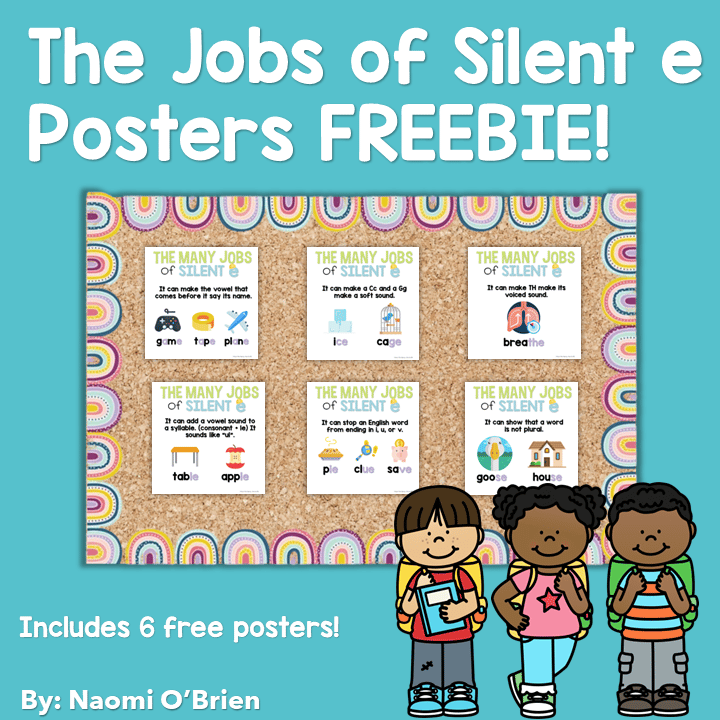
If you’ve got phonics covered but you need more ideas to support struggling readers, click here.




| Cookie | Duration | Description |
|---|---|---|
| cookielawinfo-checkbox-analytics | 11 months | This cookie is set by GDPR Cookie Consent plugin. The cookie is used to store the user consent for the cookies in the category "Analytics". |
| cookielawinfo-checkbox-functional | 11 months | The cookie is set by GDPR cookie consent to record the user consent for the cookies in the category "Functional". |
| cookielawinfo-checkbox-necessary | 11 months | This cookie is set by GDPR Cookie Consent plugin. The cookies is used to store the user consent for the cookies in the category "Necessary". |
| cookielawinfo-checkbox-others | 11 months | This cookie is set by GDPR Cookie Consent plugin. The cookie is used to store the user consent for the cookies in the category "Other. |
| cookielawinfo-checkbox-performance | 11 months | This cookie is set by GDPR Cookie Consent plugin. The cookie is used to store the user consent for the cookies in the category "Performance". |
| viewed_cookie_policy | 11 months | The cookie is set by the GDPR Cookie Consent plugin and is used to store whether or not user has consented to the use of cookies. It does not store any personal data. |
Thank you for your interest in booking a private professional development experience! Please fill out our Booking Inquiry form and a member of our team will contact you soon.